Coturnix Quail Cost Analysis for Beginners – Worth it?
Honestly, after three weeks of keeping quail, I was regretting bringing them home. I thought I would be done with quail after this flock dies off. It might even be sooner if I were able to pass them off. They weren’t laying, they were messy, and the grow-out pen I was using was impossible to clean.
Then Joe built a hutch that is easy to access and clean out and gives the birds much more room. It even has a storage shelf! I’ve outfitted the hutch with some habitat enhancements and vintage windows to cut the draft. I added timed lights to lengthen their daylight hours, we pulled up the deck chairs so we can comfortably sit and watch them, and now the quail are finally laying eggs. Just today we collected a half-dozen.
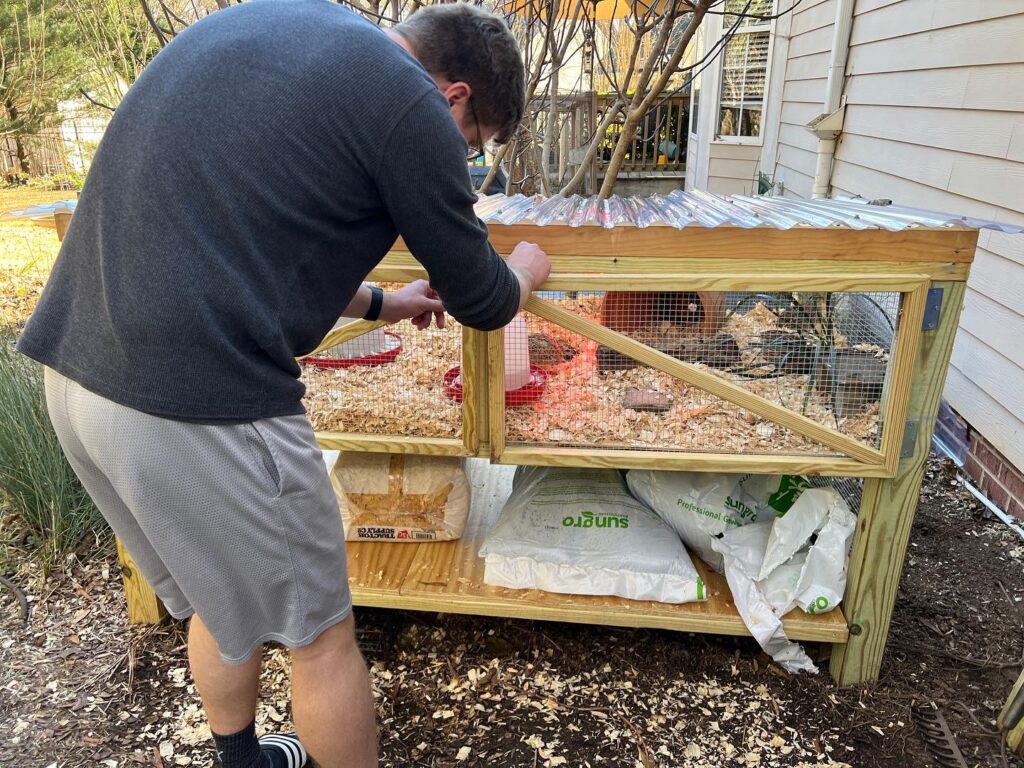
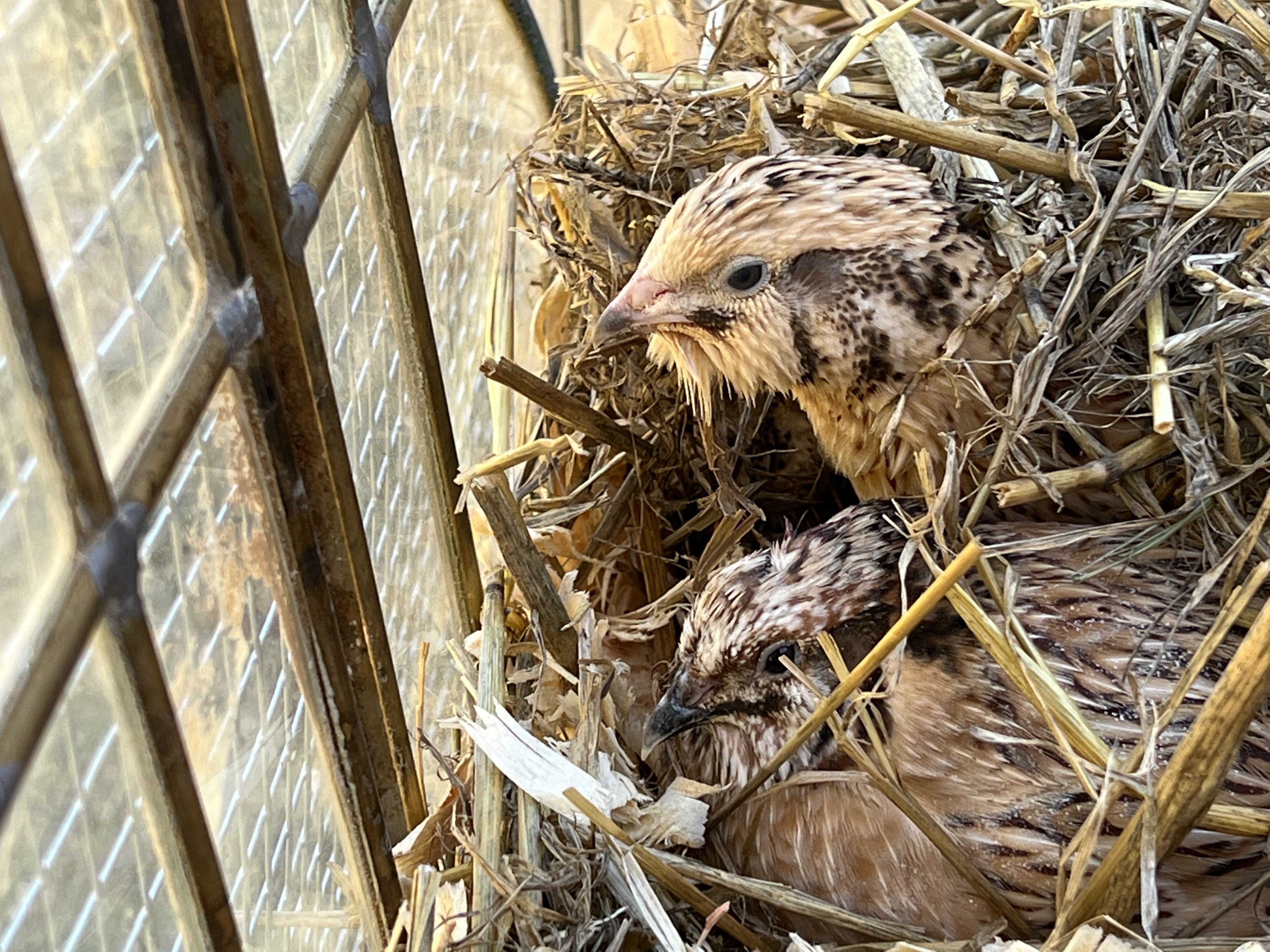
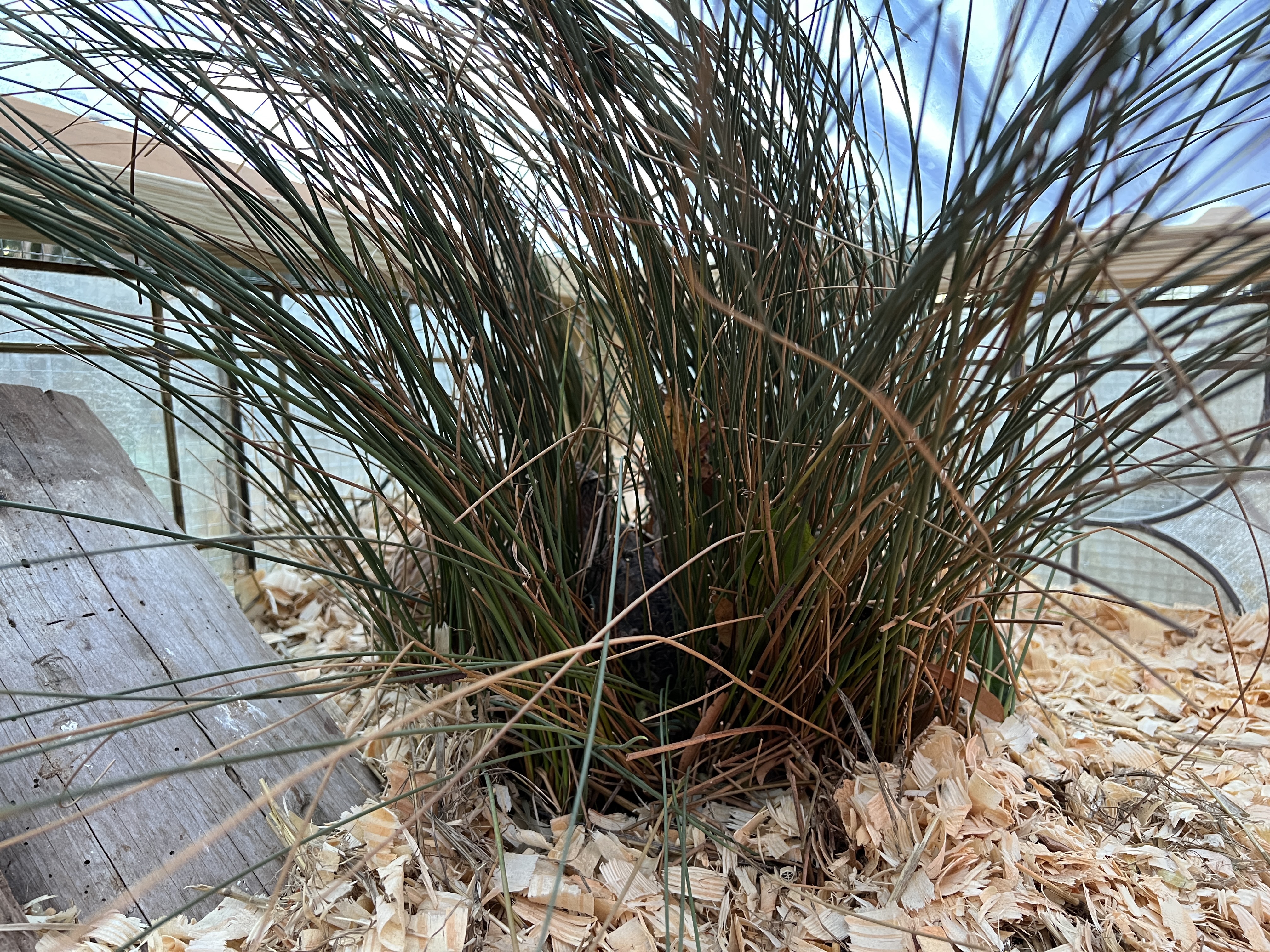
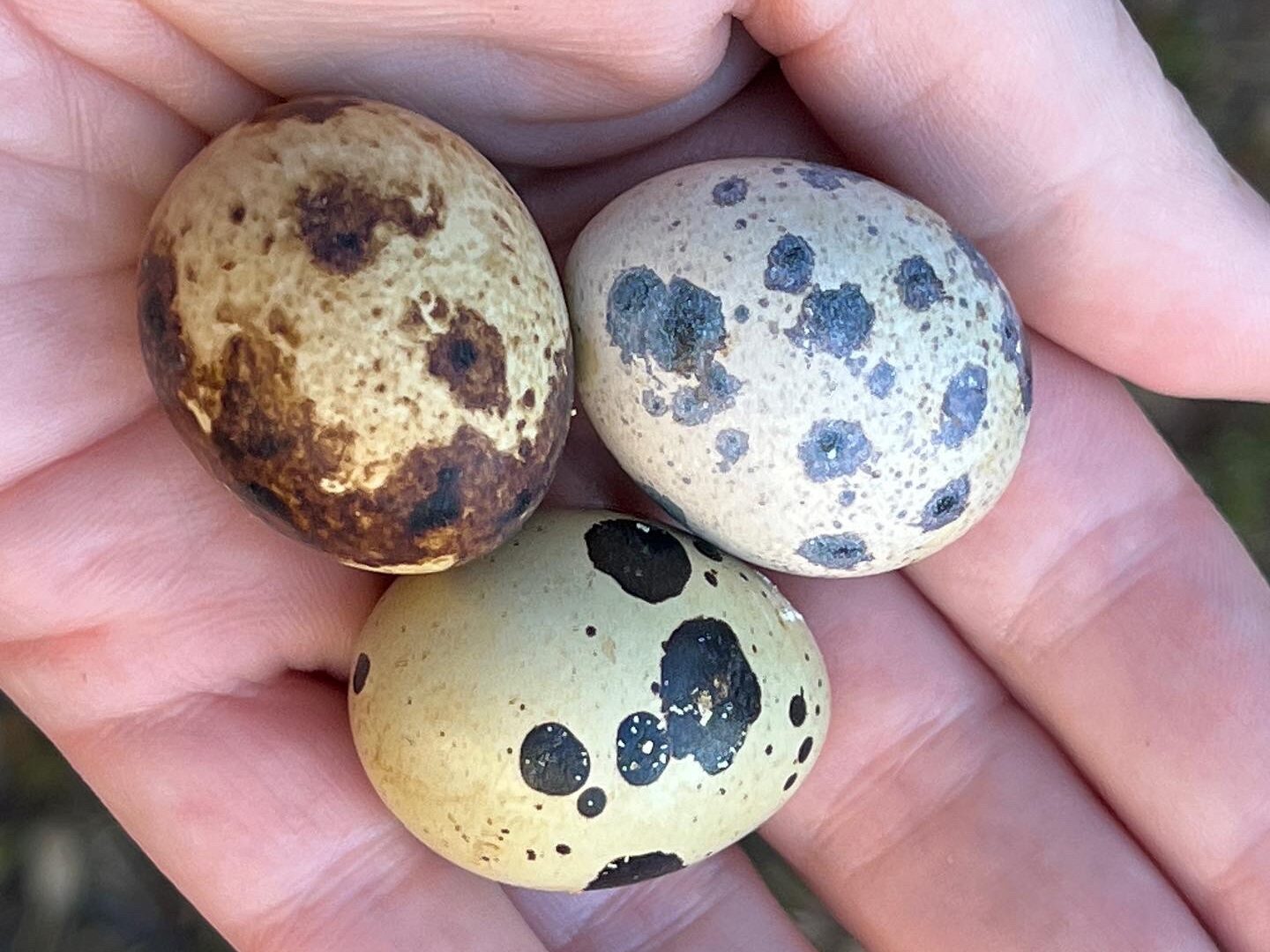
Male to female ratios & space dictate flock size
We still have nine birds. I learned the hard way that it’s best to only keep one male per pen. One morning when checking on the birds, I discovered that “Sally”, one of the Italian Coturnix females, had been attacked. I assumed a hawk had gotten her with its talon through the hardware cloth. However, my quail expert friend told me that it was more likely that one of the males was too aggressive. I gave Sally time to heal in a kitty carrier. Then, I moved “Jim” to the carrier. He seemed to be fairly aggressively chasing all the hens. Since returning Jim to the flock, Leo constantly tries to keep Jim away from the ladies. At this point, I don’t know which one actually injured Sally. Someone also injured her again. I think the best solution is to put up a divider in the hutch. This will split the group into two flocks. Poor Sally has a permanent bald head. I think she’s finally healing. She’s growing new flesh under the superglue cap I gave her. I’m wondering if there’s a market for tiny little Ping-Pong quail helmets…
Considering incubators
I am thinking about whether an incubator would be a smart investment. There are several things to consider such as how much live chicks cost,how many more quail I want, and whether I will grow them just for eggs or also for meat. I also need to consider whether I could resell the incubator if it turns out it wasn’t the best plan. I paid a premium price for my juvenile quail for several reasons. 1) I’m in the city and they aren’t very common, so the seller didn’t have any competition. 2) I was only buying a few. When you buy from online hatcheries, there are usually minimum orders. 3) They were almost full-grown. 4) My seller is a great guy who is willing to swap out males for females, so I’m more than happy to support his business. 5) I had no idea what the going rate for quail was.
Cost of Year One
I’m pretty terrible at cost analysis since I don’t know how much food my quail actually go through. Here’s my best estimate for the first year, starting from scratch.
I feed my quail Purina Game Bird Feed, which costs $23.49/50lb bag.
Using the estimate of each bird eating approximately 30 grams per day. Each bird goes through roughly 25 lbs of feed per year. I just cringed at the mixing of unit systems. Sorry.
With 7 hens and 2 roosters, one year of feed would cost 9 * 25 lbs * 1 bag/50 lbs * $23.49/bag = $105.71 + tax. Let’s call it $115.
7 hens should lay 300 eggs each per year, totaling 2,100 eggs or 175 dozen eggs per year.
One dozen quail eggs can cost anywhere from $2-$10, depending on the local market, so those 175 dozen eggs are valued at $350 – $1,750. Google reports that individual eggs are sold anywhere from 30c to $1 each.
The hutch cost $300 to build.
A 10 lb hanging feeder cost $17.
A 5 qt hanging water pail cost $8
Fresh wood chips and straw cost about $5/month, 60/year. This could be underestimated, I’m still a newbie.
Cost analysis of first year: $350 eggs – $72 for the flock (I know that was very high) – $115 in feed – $300 hutch – $17 feeder – $8 waterer – $60 bedding = – $222
Cost analysis of first two years: 2 x $350 in eggs – $72 birds – 2 x $115 in feed – $300 hutch – $17 feeder – $8 waterer – 2 x $60 bedding = – $47
The bulk of the cost in in the hutch, so yearly this cost would eventually be less than the lowest value of the eggs. Because quail only lay for two years, they would have to be replaced at two years. So the yearly cost of replacing my quail, averaged over two years at my bird seller’s high price, would be $36.
Cost analysis of first four years
4 x $350 in eggs – 2 x $72 birds – 4 x $115 in feed – $300 hutch – $17 feeder – $8 waterer – 4 x $60 bedding = $231
If I used that $150 incubator for 4 years, then the incubator would pay for itself (no, I have not factored in hatching males and females and what to do with the extras). If we were to make better use of the space we have and double our flock, that time would be nearly cut in half.
Cost analysis with an incubator and full pens
Ultimately, we have room for a total of 36 quail but would never have that many at once due to desired ratios of males to females. I’d want four pens. Three pens would hold 1 male and 5 females or only females, and one pen would be used for a single male and 4 females for breed stock and/or to grow out chicks. That’s a total of 22 quail.
We would likely hatch out 50/50 males and females and would only want to keep 4 males at most. We’d hatch out 36 birds and then would have 14 males to either sell the or eat once they reach maturity. Could we butcher them ourselves? I feel that as a meat eater, theoretically I should be willing to or else I shouldn’t be eating meat. I suppose that if I weren’t comfortable with it, I could sell them at a flock swap.
The innerwebs say quail can sell for $15 per processed bird. That’s a potential $210 value in meat from that two year cycle, only growing out what we need to maximize our egg production and keep our own breeding stock going. Selling them live, well I know a guy who gets $8/bird…. I wouldn’t want to undercut his price, so low end value of the extra males is $112.
So here is my optimistic but hopefully fair analysis of buying that incubator and hatching out 36 and keeping 22 quail for two years (assuming a 50/50 hatch ratio):
Feeding cost is approximately for 22 quail for one year is $280.
Feeding cost to grow out 14 males for 6-8 weeks is $25.
Total Cost = $150 incubator + $300 hutch + $17 feeder + $8 waterer + $120 bedding + $305 food = $900
Total eggs per year = 18 hens x 300 eggs/hen = 5,400 eggs
Low estimate value of meat and eggs for two year cycle = 2 x 450 dozen x ($2/dozen) + $112 for extra males = $1,912
First year profit = $1,012
First two year profit = $3,712 in eggs and meat – $150 incubator – $300 hutch – $17 feeder – $8 waterer – 2 x $120 bedding + 2 x $305 food = $2,387
That incubator would definitely pay for itself! This assumes we’d eat 5,400 eggs per year. We might also be able to sell them to friends and neighbors. To give a better idea of just how many eggs that is, 1 dozen chicken eggs is about 3 dozen quail eggs in mass. That’s the equivalent of producing nearly 3 dozen chicken eggs per week.
I really do like the potential of how this opens the door for us to be generous with our surplus or even provide a side hustle for the kids. However, jumping up to maximum capacity is a significant increase in labor. That volume of eggs means way more quail poop. It also requires more water changes and more cleaning. We also have to hire a sitter when we leave town. For now, I don’t think we will ramp up our operation. Instead, we will enjoy being newbies. We know this hobby is self-sustaining and scalable down the road.
How was my math? I bet I’m missing some elements. Feel free to drop a comment below.


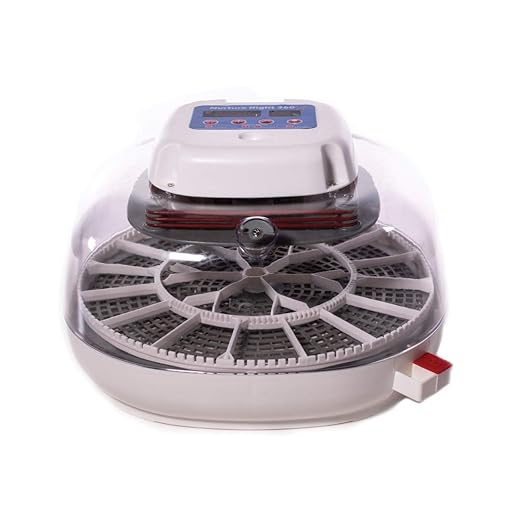


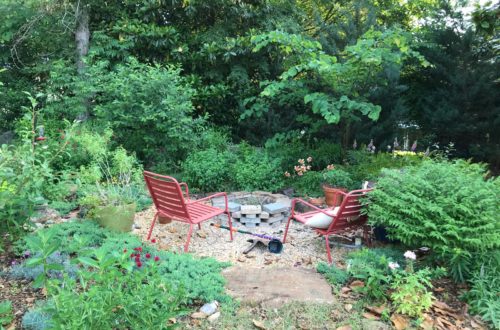
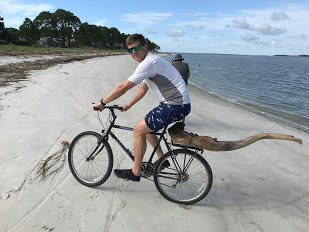
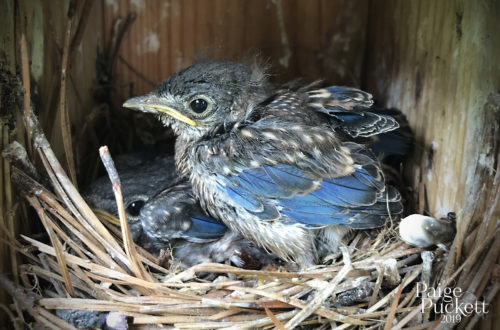
4 Comments
Katie Scholl
I do wish you would’ve said what you would charge per bird if you sold them at five weeks old
Paige Puckett
I’ve seen a wide range of prices per bird, depending on age and whether they have a desireable feature such as celedon layers (blueish eggs) or jumbos. I’ve been to a few flock swaps and have been charging about a $1 per week of growth per bird, starting at 3 weeks old. A five week old bird would be $5, and I cap the roos price at $5., laying hens at $8. That said, some hatcheries may ask a lot more. I’m just a backyard multiplier, not a breeder 🙂
Angel
I came across your site trying to calculate how much electricity the incubator and heat plate would use.
Paige Puckett
Hey there! I have no idea. I imagine it depends on whether you are running in an air conditioned space or in a garage and what season it is. There are some folks over on backyard chickens that have a thread discussing it. https://www.backyardchickens.com/threads/cost-of-running-an-incubator.245729/